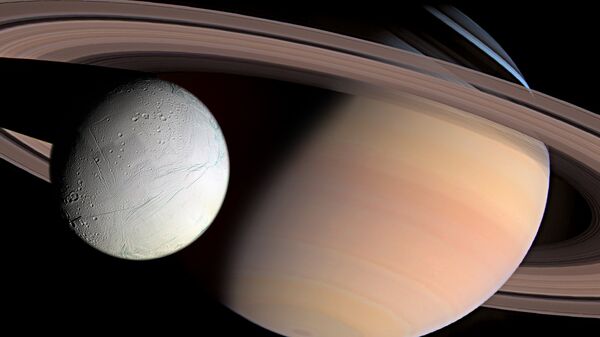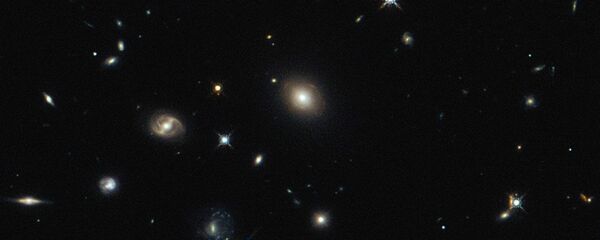While three of the planets in our solar system are surrounded by rings, the most recognizable is inarguably Saturn. Consisting of four main groups and three fainter segments, the rings have prompted scientists to propose a number of theories as to their origins.
A new study from a team of researchers led Ryuki Hyodo of Kobe University in Japan found that the rings could be the remnants of a series of Pluto-size bodies.
"These findings illustrate that the rings of giant planets are natural byproducts of the formation process of the planets in our solar system," reads a news release from the university.
The researchers propose that roughly 4 billion years ago, a larger number of objects in the Kuiper Belt drifted toward the inner solar system. As they passed by Saturn, Uranus, and Neptune, the bodies were torn apart by the planets’ gravity.
The debris then became locked in orbit, creating rings of rock and ice.
"The researchers also simulated the long-term evolution of the captured fragments using supercomputers at the National Astronomical Observatory of Japan," the release said.
"From these simulations they found that captured fragments with an initial size of several kilometers are expected to undergo high-speed collisions repeatedly and are gradually shattered into small pieces."
The findings also give scientists an idea of other solar systems.
"This implies that giant planets discovered around other stars likely have rings formed by a similar process," the statement added.
"Discovery of a ring system around an exoplanet has been recently reported, and further discoveries of rings and satellites around exoplanets will advance our understanding of their origin."





